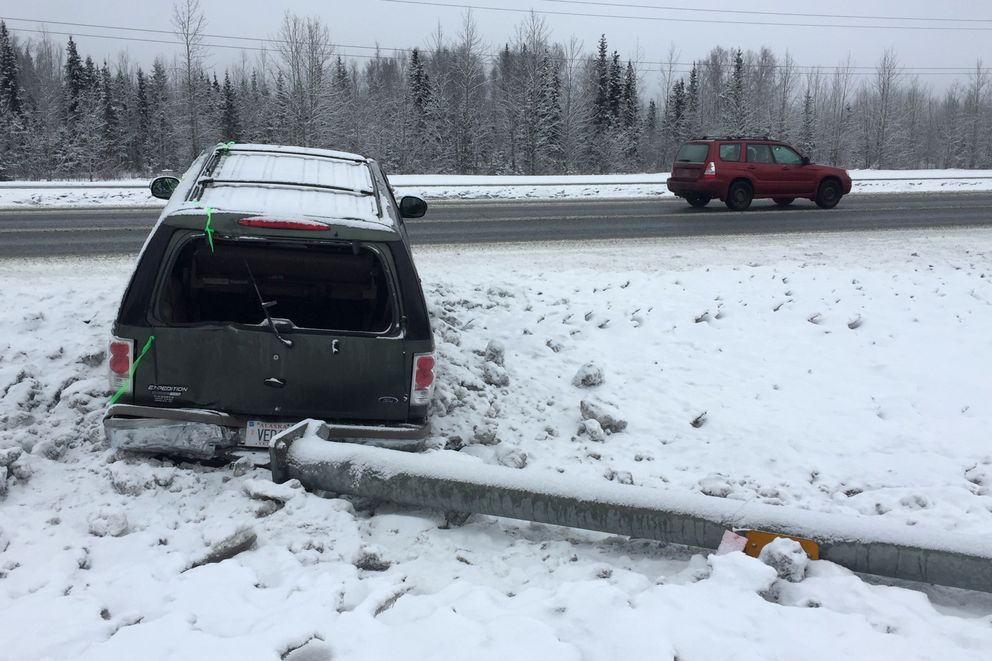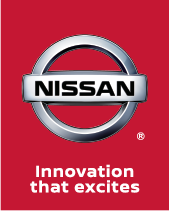Winter Driving Tips
October 19th, 2018
/images/uploads/blog/Glenn-Highway-accident.jpg
Brace yourselves! Winter is coming. The cold, snow, and ice kind. Meteorologists may debate the amounts and proportions of each measure but we know it means danger and darkness on the road. With Anchorage being a fast moving city with a few quirks of its own the driving danger is compounded. Continental posted a helpful driving tips list last year and received lots of helpful suggestions from local drivers. We’ve curated and updated the list and present it to thoughtful drivers everywhere.
Put down the phone.
Your focus is critical, even at stop lights. Use hands-free tech and keep your eyes and attention focused on the road around you.
Anchorage drivers run the yellow and, as a result, sometimes the red lights too.
Don’t be too eager to pull forward on a green. Like a pedestrian look left, look right before crossing the intersection.
Stop early, leave some space.
When stopping at red lights, you’ll want to stop early and then creep forward as cars approach from behind. Paying attention to approaching vehicles will allow you to give a little extra space to avoid a serious accident.
Be a good neighbor, clear your roof.
It’s easy to hit the remote-start and hit the road when the window is defrosted. Take a moment to clear the snow and ice from the hood and roof. Blowing snow cuts visibility and chunks of debris create hazards for motorists behind you.
All-wheel drive isn’t all-wheel stop.
All-wheel drive systems only provide assistance when accelerating. They offer no advantage when braking. Be sure you’re running a good winter tire for Anchorage’s icy intersections.
Slow down.
Posted speed limits are for dry conditions. Oddly enough, moose enjoy winter weather and do not care about the parent-teacher meeting you’re late for.
Headlights.
Anchorage is really well lit and folks can largely ignore what’s going on with their headlamps. Still, you’ll want to check to be sure they are actually on and not just the interior lights. Also, be sure to check your high-beam position. Many drivers like the brighter lights and even when they don’t match the intensity of Bi-Xenon or LED lights, high-beam usage focuses the light directly into oncoming traffic.
Tailgating is bad.
Leave space to stop. Tailgating takes options such as braking or lane changes away from other drivers to be able to avoid accidents.
Plan for the unexpected.
Have an exit plan of where to go. Always be aware of your environment and surroundings—parking lots, people, vehicles, animals, trees, shrubs… everything.
Sunglasses.
Yes! Sunglasses. Polarized specifically. They’ll help cut ice glare and improve visibility in conditions other than bright sun. Yellow/bronze lenses can help brighten and sharpen visual acuity on cloudy days.
Avoid sudden, exaggerated movements.
A skid can be initiated when the inertia of the vehicle is different that the direction wheels are heading. Take your foot off the gas, don’t slam the brakes. Turn into the skid and steer the vehicle back to the desired direction.
Check the conditions.
Us the online tools Alaska511 for road conditions and Anchorage Police Nixle alerts do a good job of informing drivers of current conditions. Check out the Facebook group, “Glenn Highway Traffic Report” for user-generated reports about road conditions between Anchorage and the MatSu.
Alaska 511
Facebook Group - Glenn Highway Traffic Report
Sign up for Anchorage Nixle alerts
Keep a coat and gloves in the car.
We’re Alaskan, we’re tough and acclimated to quick bursts from the house to the car. Don’t get stuck responding, or worse, in an accident without some gear. Add a first aid kit, flares, and some hand warmers to be prepared.
Turn off lane keep assist.
If your vehicle is equipped with Pilot Assist, lane keep and other assistive technologies drivers may consider deactivating the technologies that automatically steer the vehicle—the ruts in the roads confuse the systems and can steer vehicles into guardrails or ditches.
Avoid cruise control.
Even roads that look clear can have sudden slippery spots which often triggers cruise control to accelerate erratically. Using the brake on these spots will could cause drivers to lose control of the vehicle.
2018 Update: Automated safety equipment that attempts to steer your vehicle, such as ‘Lane Keep’ assist, should be turned off to avoid unintended skids. These systems will, overall, avoid accidents, but they can get confused with the snow tracks and may unexpectedly steer your vehicle into another lane or off road.
Invest in good wipers.
A good winter wiper can help maintain visibility in heavy snow conditions. Also, use a winterized washer fluid. Wipers on = lights on.
Winter tires.
Winter tires —studded or studless— offer the best traction because the rubber is designed to remain pliable in cold weather. Snow tires also offer siping and big blocks to power through snow. Silica helps rubber grip the ice. Continental has good prices and free installation

